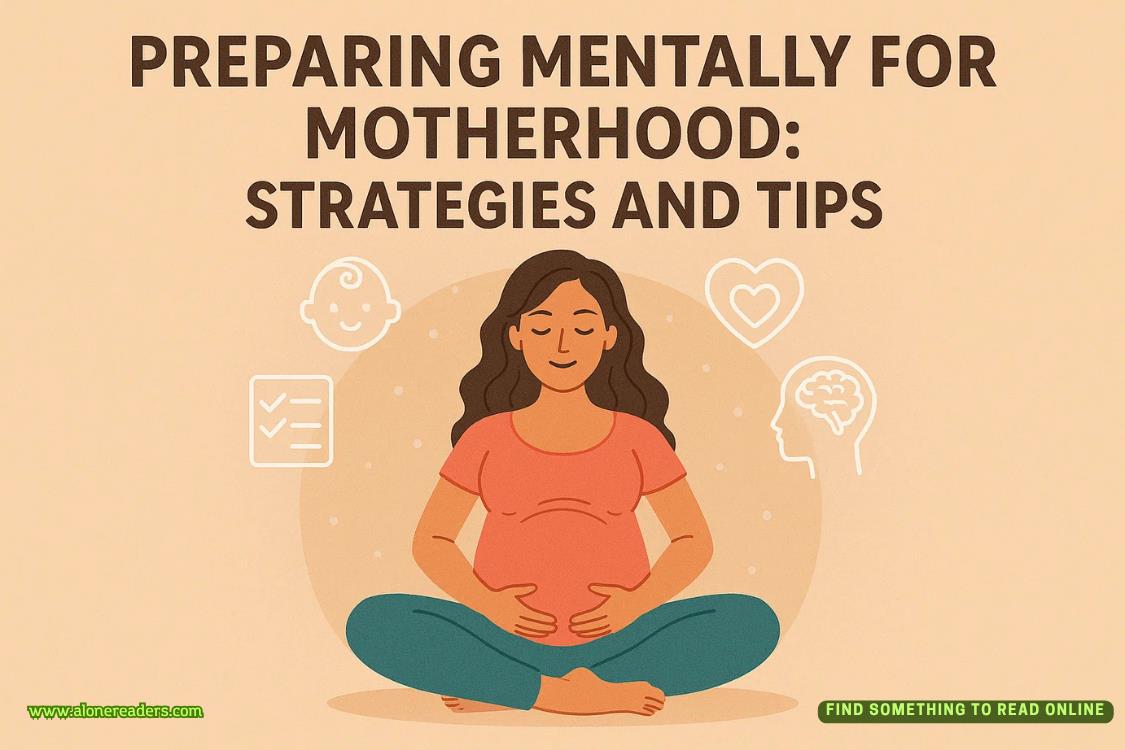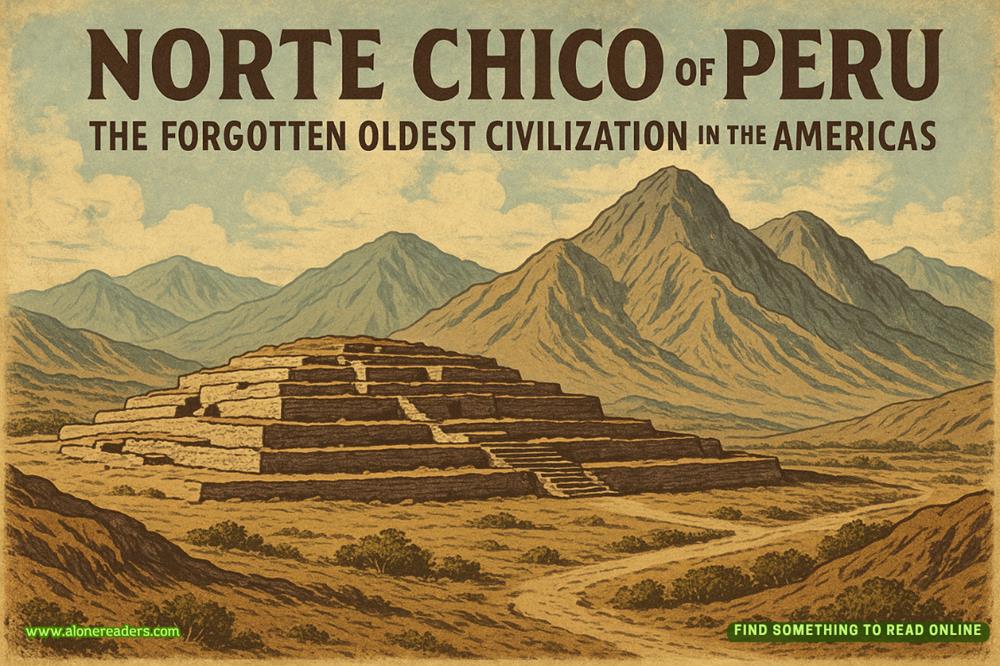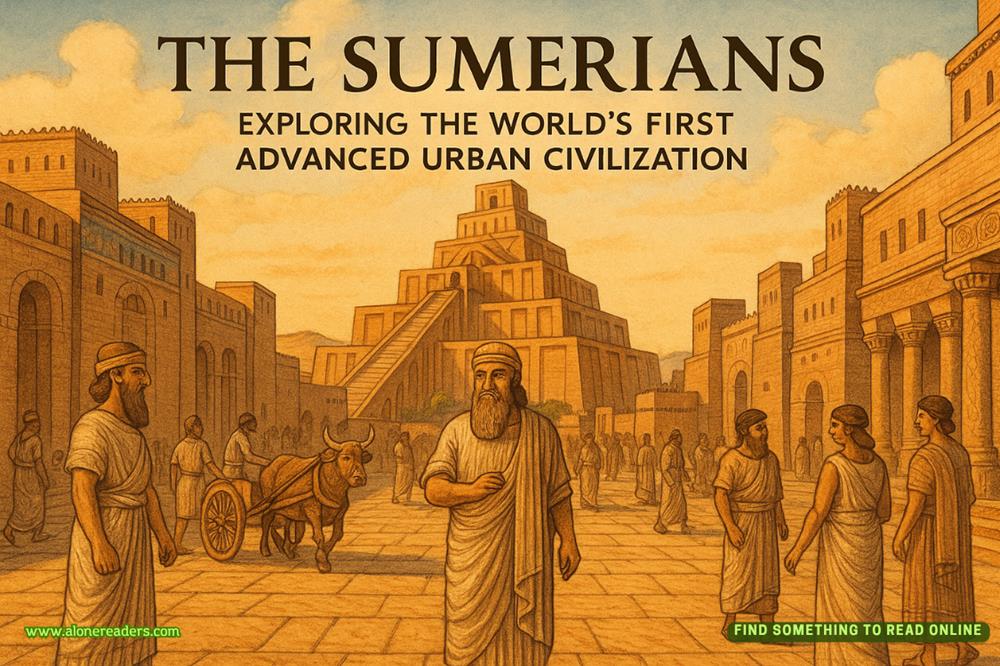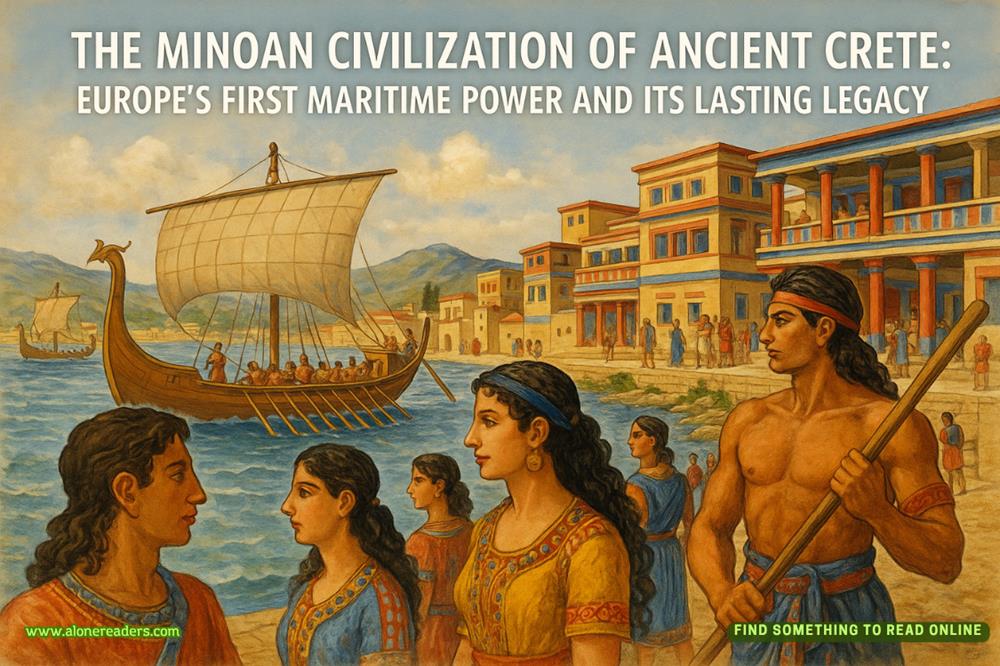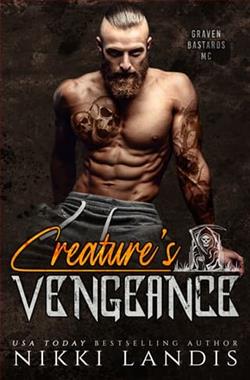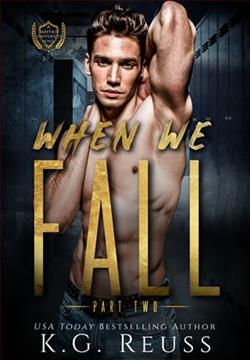Page 33 of The Big Race
"Of course," Ray said, making room on the bench.
As they settled in, Desiree leaned toward me conspiratorially. "Can I give you some advice? I know you mentioned you're working through some relationship stuff."
I nodded, curious where this was heading.
"Even when we're busy in challenges, we have to be aware we're being filmed," she said, her voice lowering. "On the first season of our show, Cherisse got the villain edit. They cut together clips of her frustrated moments and complaints, when that was only part of her personality."
Cherisse rolled her eyes but smiled. "Girl, don't remind me. Made me look like a complete nightmare."
"They didn't want to let on that her marriage to Judd was falling apart, and that's why she was so stressed," Desiree continued. "They used that anger as a storyline for the whole season, made it seem like her personality drove them apart. But really they broke up because Judd couldn't keep his dick in his pants."
"Ouch," I said, feeling a familiar pang. At least I had reconciled myself to Ray's cheating before we got in front of the cameras, even Leo's during our audition video. If I was keeping all that anger inside, I knew how bad I would appear to outside viewers.
The flight to Panama City took a little over three hours, and we landed there in the heat of the day. We grabbed our packs and sprinted through the jetway, and spotted the red-and-blue boxes with the direction cards ahead of us. I pulled the first card out and Ray and I stopped to read it, but the military couple and the male models grabbed the cards without reading and sprinted ahead of us.
“Head to Terminal Two, where you will find taxis to take you to your first destination, the Plaza de la Catedral, and find the women weaving traditional molas. Who has a steady hand? One team member must complete this solo sprint, crafting a traditional Panamanian mola textile design using the provided materials. Once the craftsperson approves your work, you’ll receive your next clue.”
We took off and realized that Terminal Two was in the opposite direction of the way the first two teams had gone. “Didn’t they watch the show?” I asked, as we went in the other direction. “Always read the clue before you take off.”
Chapter 16
Lost in Translation
George and Ernie, and Gemini and Blaine, followed us to Terminal Two, and we were in a cab pulling away when we saw the military couple and the male models arriving at the taxi line.
Our taxi driver spoke no English, but Ray had spent years selling copiers and support services to large and small operators, many of whom spoke only basic English, and he’d learned quite a bit of Spanish over the years. He and the driver chatted away as we drove from the airport into the center of Panama City.
The journey from Tocumen International Airport into Panama City reminded me of Miami in some ways, but with distinctive Central American twists. Palm-lined boulevards gave way to a skyline that could have been Brickell Avenue—gleaming glass towers jutting against the blue sky, their modern silhouettes unexpected after the developing-world chaos of the airport. The humidity felt familiar against my skin, but the scents were different—unfamiliar street food, diesel fumes, and tropical flowers I couldn’t name.
The trip took nearly a half hour, leaving lots of opportunities for teams to get stuck in traffic. As we approached the city center, colonial buildings in pastel colors began to appearbetween the skyscrapers, their wrought-iron balconies and weathered facades evidence of the country’s Spanish heritage. Pedestrians darted between cars in a way that would feel at home in Miami’s Little Havana, while street vendors with wooden carts offered fruits I recognized but rarely saw in Florida groceries.
“He says that’s the Canal Administration Building,” Ray translated, pointing toward an impressive structure as our driver gestured animatedly. “And apparently we’re lucky—the traffic is much better than usual because it’s Saturday.”
I nodded, my attention caught by the contrasts around us: luxury car dealerships next to tiny family-owned bodegas, modern banks alongside colonial churches, poverty and wealth coexisting within blocks of each other. It was like Miami’s cultural patchwork intensified, compressed, and layered with centuries more history.
“Ask him where the best place is to get coffee,” I suggested, already thinking about how to navigate this unfamiliar yet oddly recognizable urban landscape as we prepared for our first challenge.
The driver dropped us at one edge of the large open square, and pointed to a coffee shop nearby. We quickly grabbed drinks and approached the crafting stations.
“What’s a mola?” Ray asked.
“It’s a type of textile art made by women in Panama,” I explained, recalling an exhibit I’d seen years ago at a museum. “Layers of fabric cut and sewn to create intricate designs. Very precise work.”
Ray glanced at the first crafting station, where a Panamanian woman in traditional dress waited with colorful fabrics and tools. “You should do this one. You’re better at detailed work.”
“The clue asked for someone with a steady hand,” I pointed out. “You’re the athlete.”
“But you’re the puzzle person.”
“It’s not a puzzle, it’s a craft. Besides, you’re the one who needs to show he can follow instructions carefully.”
The pointed barb landed exactly as intended. Ray’s jaw tightened, but he nodded. “Fine. I’ll do it.”
As Ray approached the crafting station, the military couple arrived, quickly followed by the male models. Adrienne immediately volunteered, while Alex, the model we’d spotted limping, reluctantly agreed to represent his team.
I stood back, watching as the Panamanian woman explained the process to the three of them. They needed to layer three pieces of fabric, cut a design through all layers, then fold under and stitch the raw edges of each layer to reveal the colors beneath in a specific pattern.
Ray, to his credit, listened attentively to the instructions, asking questions about the stitching technique. Adrienne, meanwhile, was already cutting her fabric, apparently confident in her understanding of the task. Alex seemed completely lost, asking the instructor to repeat directions.


